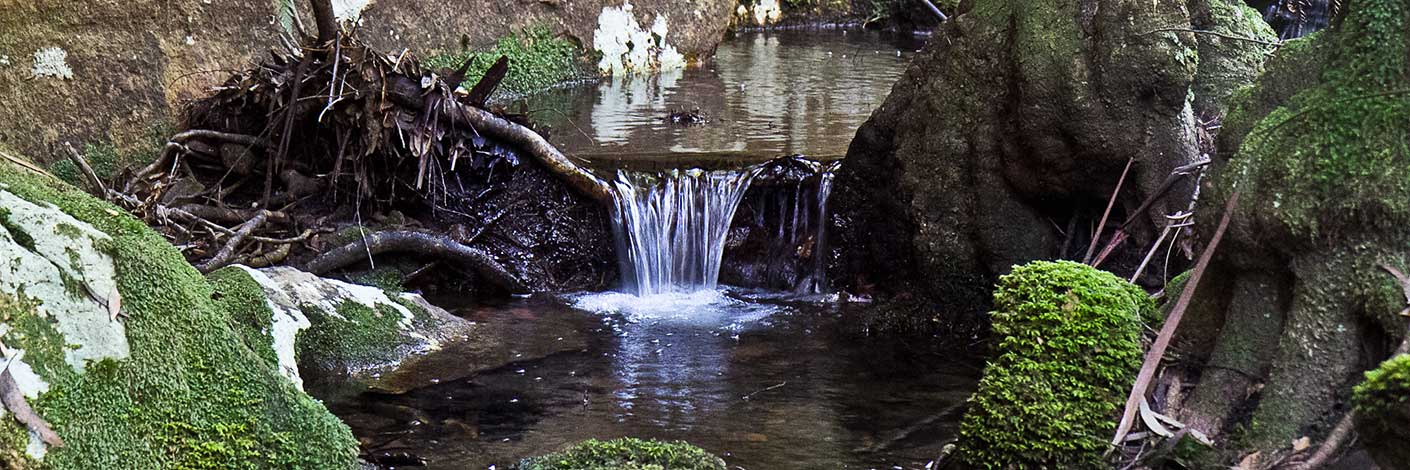Book Review
The Bush Club Newsletter - Summer 2013Gardens of Stone - Book 4
This latest volume in the series of nine can only be described as the blockbuster so far. At 932 pages, if you have this volume on your bookshelf you can put your kitchen steps on the scrap heap as far as needing them to access the top shelf in your kitchen cupboards.
The preliminary sections, including a page About the Bush Club are the same as, or updated from, the first three volumes and give a very comprehensive lead-in to the main subject matter, a critical review of the six regional river catchment areas within the Gardens of Stone National Park (GoSNP). A highlight of this volume is the inclusion of a recent paper by Dr Ian Wright of the School of Science and Health, University of Western Sydney, examining water pollution in the (GoSNP) and nearby waterways. Both authors assisted Dr Wright by collecting water samples from many parts of the NP along with descriptions of the waterway condition at the sampling point.
It is disturbing to read about the extent of water pollution in what should be a pristine environment and the contributing negligence, not only of industry but government agencies that are charged with monitoring and regulating the condition of these waters. It’s chilling, too, to learn some of the pollution is sourced from industry that operated in the area over a century ago yet is still contributing unacceptable levels of salts and heavy metals to Sydney’s drinking water.
It seems hypocritical in the extreme that the NSW government threatens heavy fines for trespass into the protected surrounds to Lake Burragorang yet turns a blind eye to industry’s far more serious contribution to pollution further upstream.
The review and descriptions of the six river catchment areas within the NP , those of the Capertee, Wolgan, Wollangambe, Turon, Lett and Coxs Rivers, are comprehensive and detailed. For instance, the Wolgan section deals with no less than twenty four separate creeks and gullies and you can rest assured either or both the authors have visited all they describe. The sad extent of pollution they describe in most of the catchments is typified by the first paragraph of the Wolgan section where the stench and the unsightly algal growth at the Wolgan Falls is noted.
The walks section is, to say the least, extensive. With a total of forty-eight separate walks across all catchment areas, even the keenest walker would require months to cover them all. Each has a description and route overview section, topographic map with the route marked, a section on the gear recommended, a detailed set of track notes including names of flora and fauna seen along the way and, finally, a table of times, locations and grid references for the locations and points of interest described in the track notes.
Finally, a word about the photos. These transform the book from merely a walker’s handbook into a presentation even non-walkers would delight in. Every page has at least one high resolution photo or map and the book is interspersed with many full page views of some of the best walking scenery anyone is ever likely to see. It is obvious great attention has been paid in the printing to replicate the actual colours of the bush, something that often falls short in this type of work. With the experience of the previous three volumes, the authors have become expert in the field of accurate photographic reproduction.
At $50 the book represents exceptional value and, alongside the first three volumes, should be part of every keen bushwalker’s library.
- Published in:
- The Bush Club Newsletter - Summer 2013
- Reviewer:
- Bob Taffel
- Web Site:
- The Bush Club

